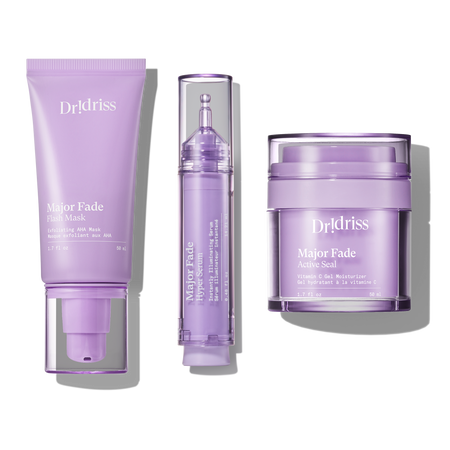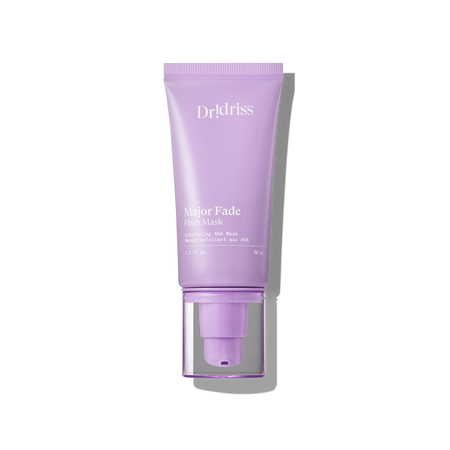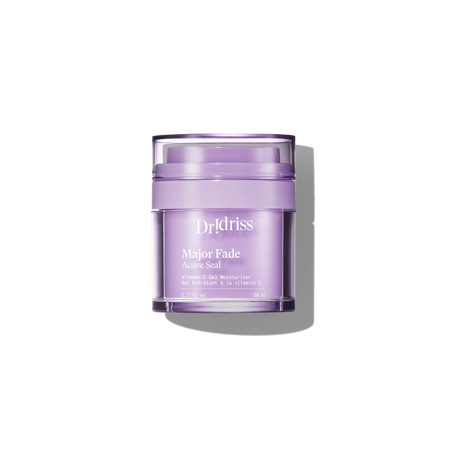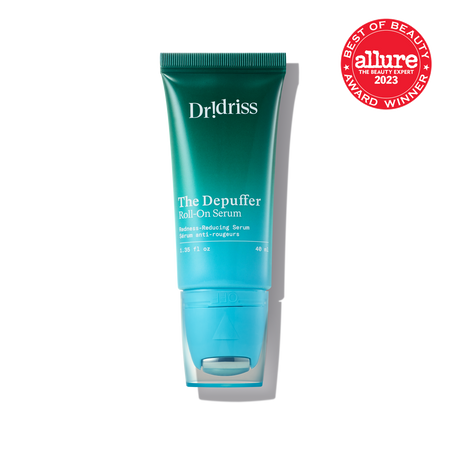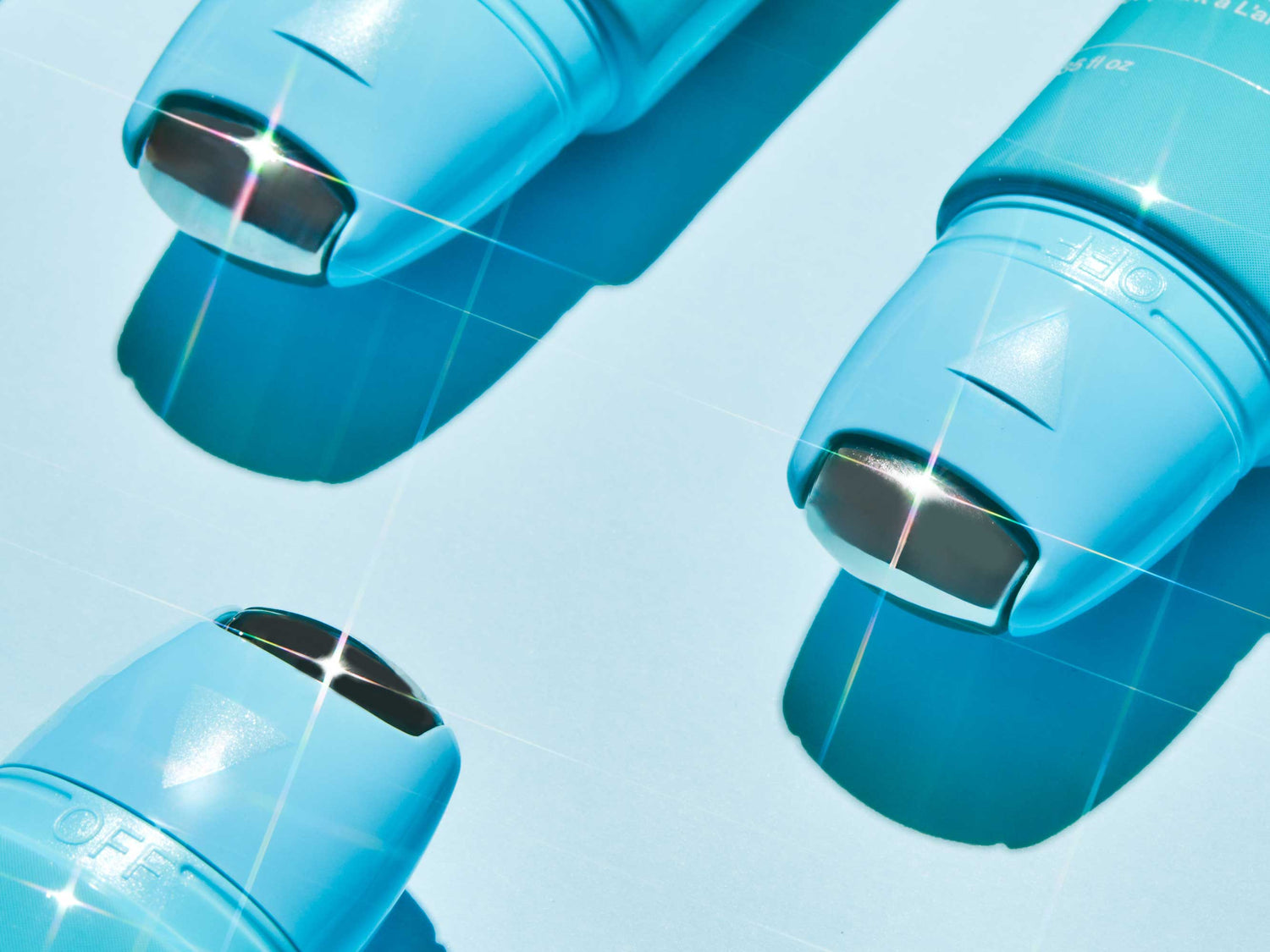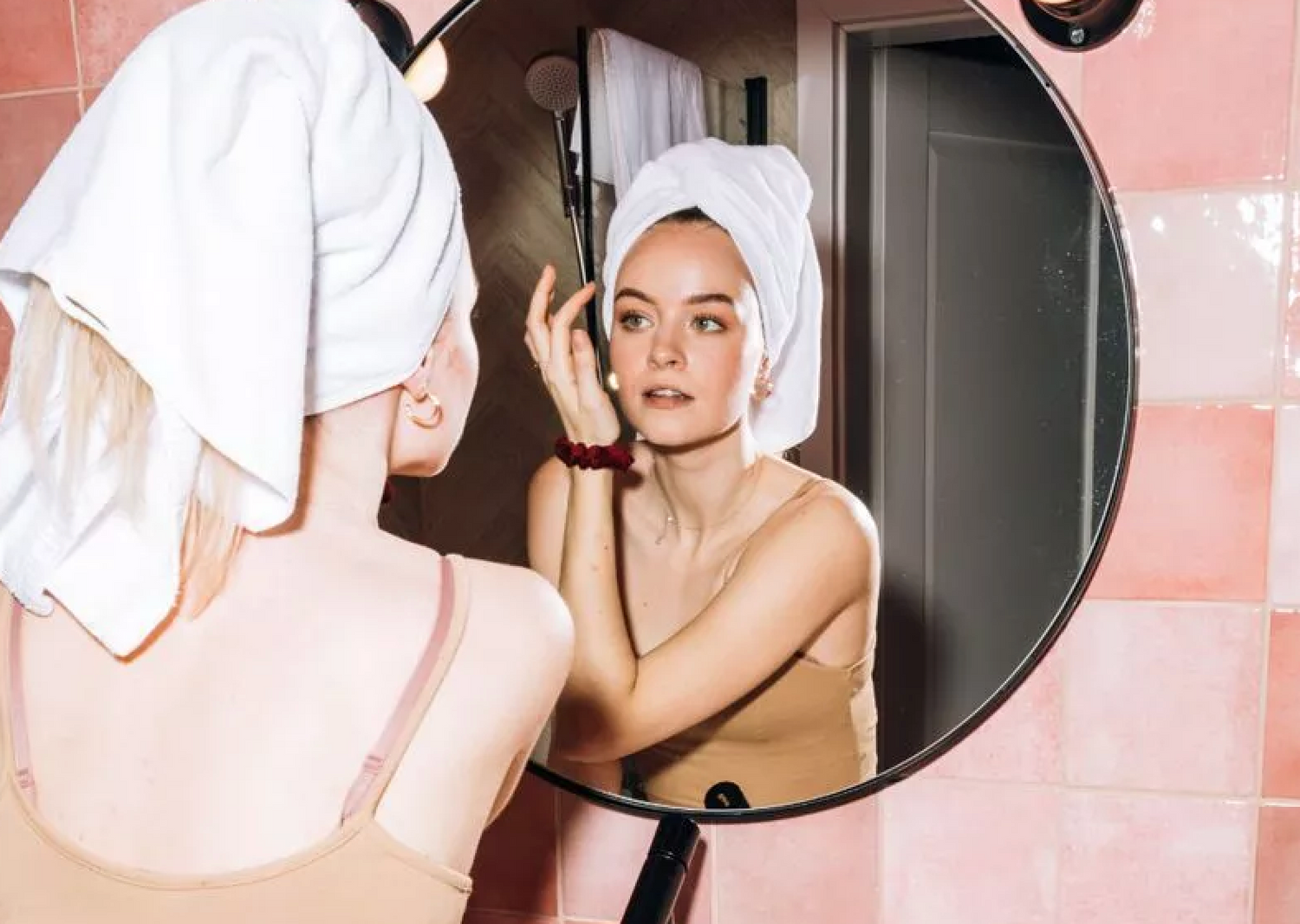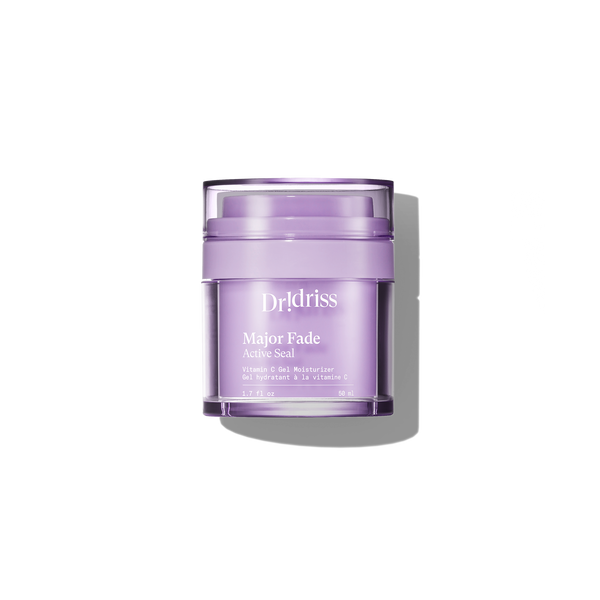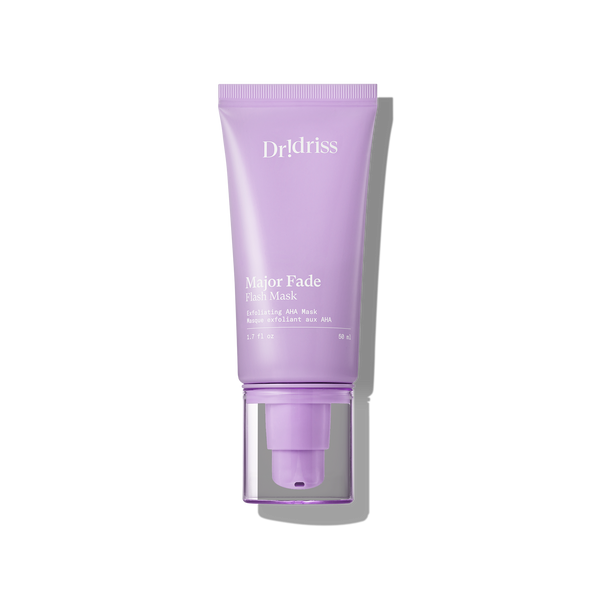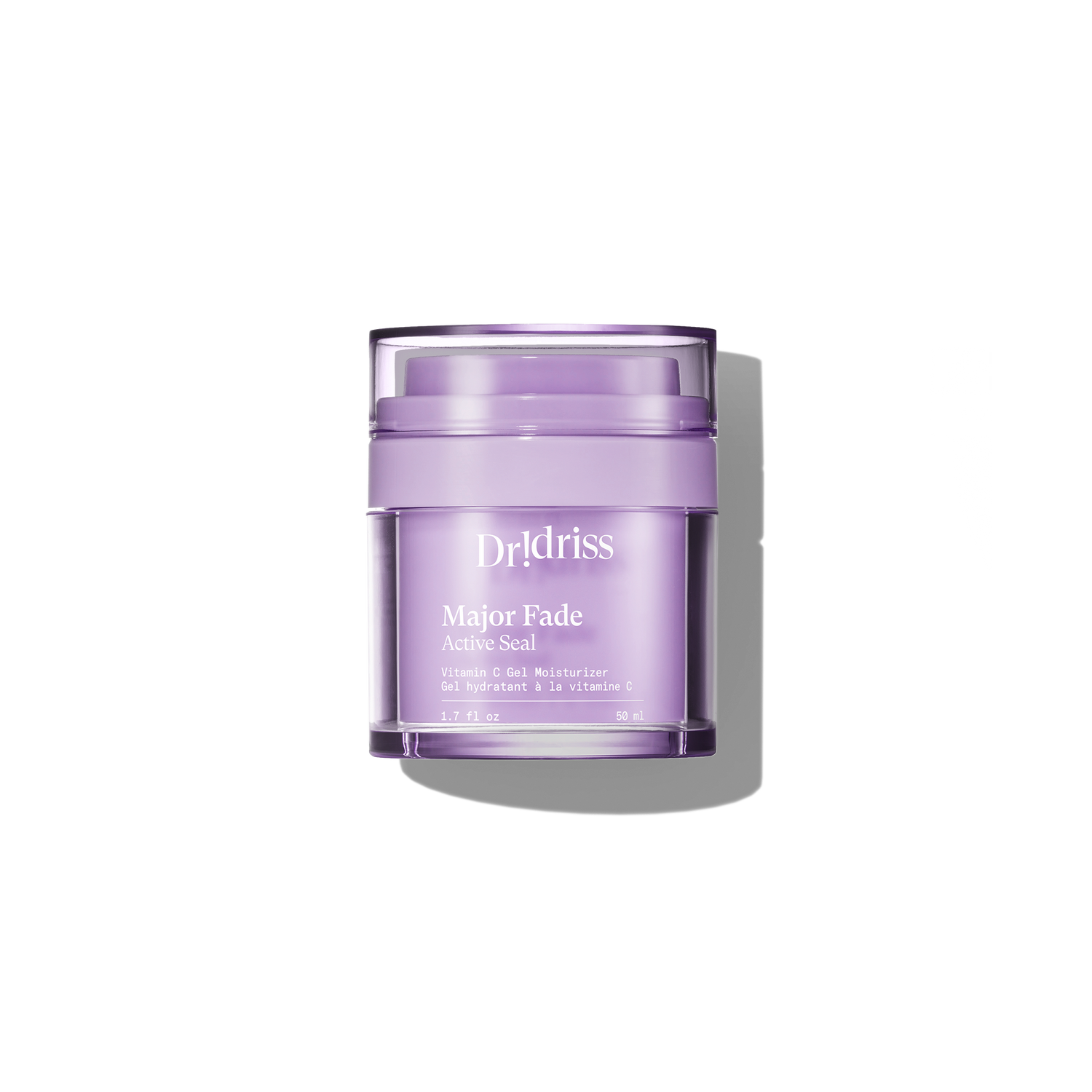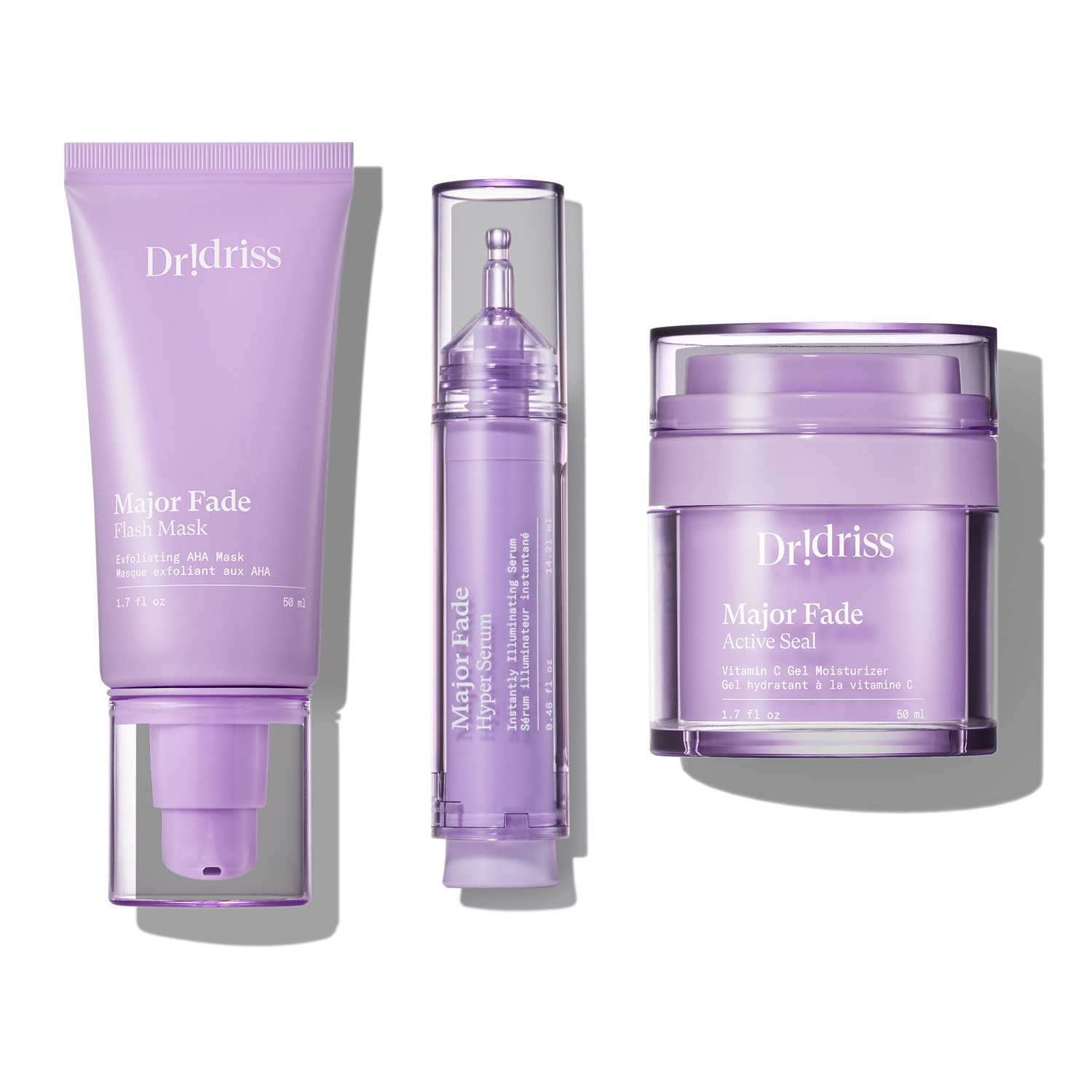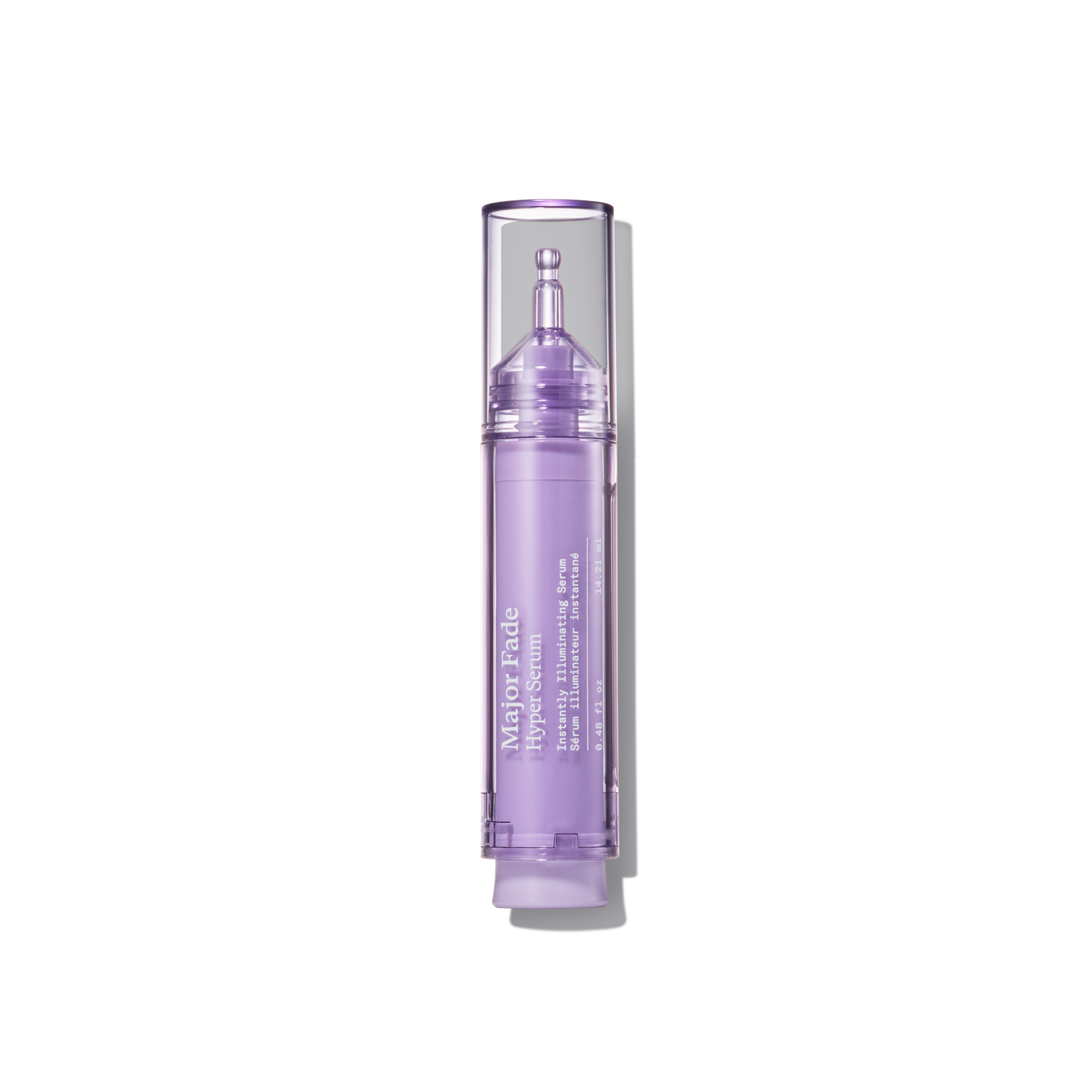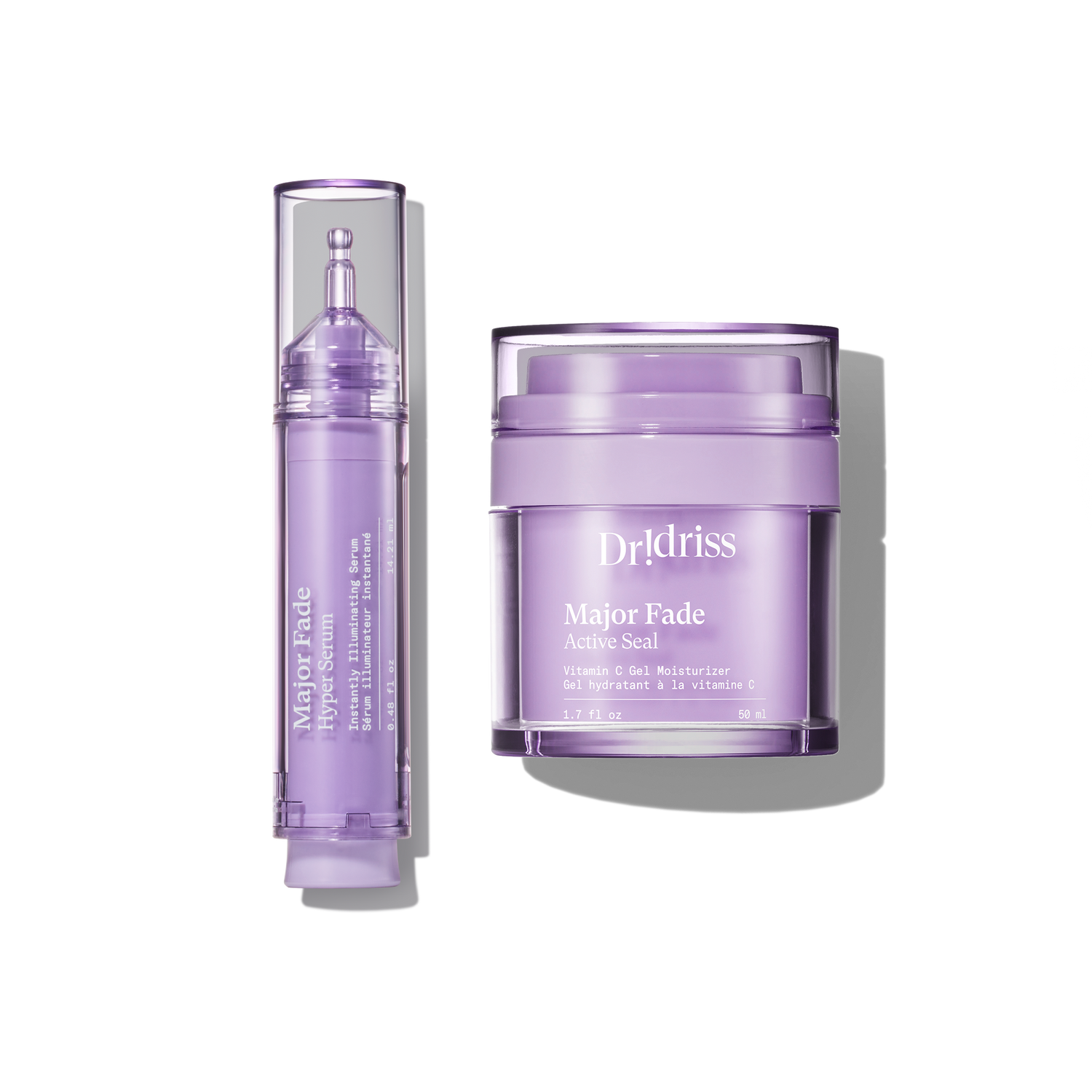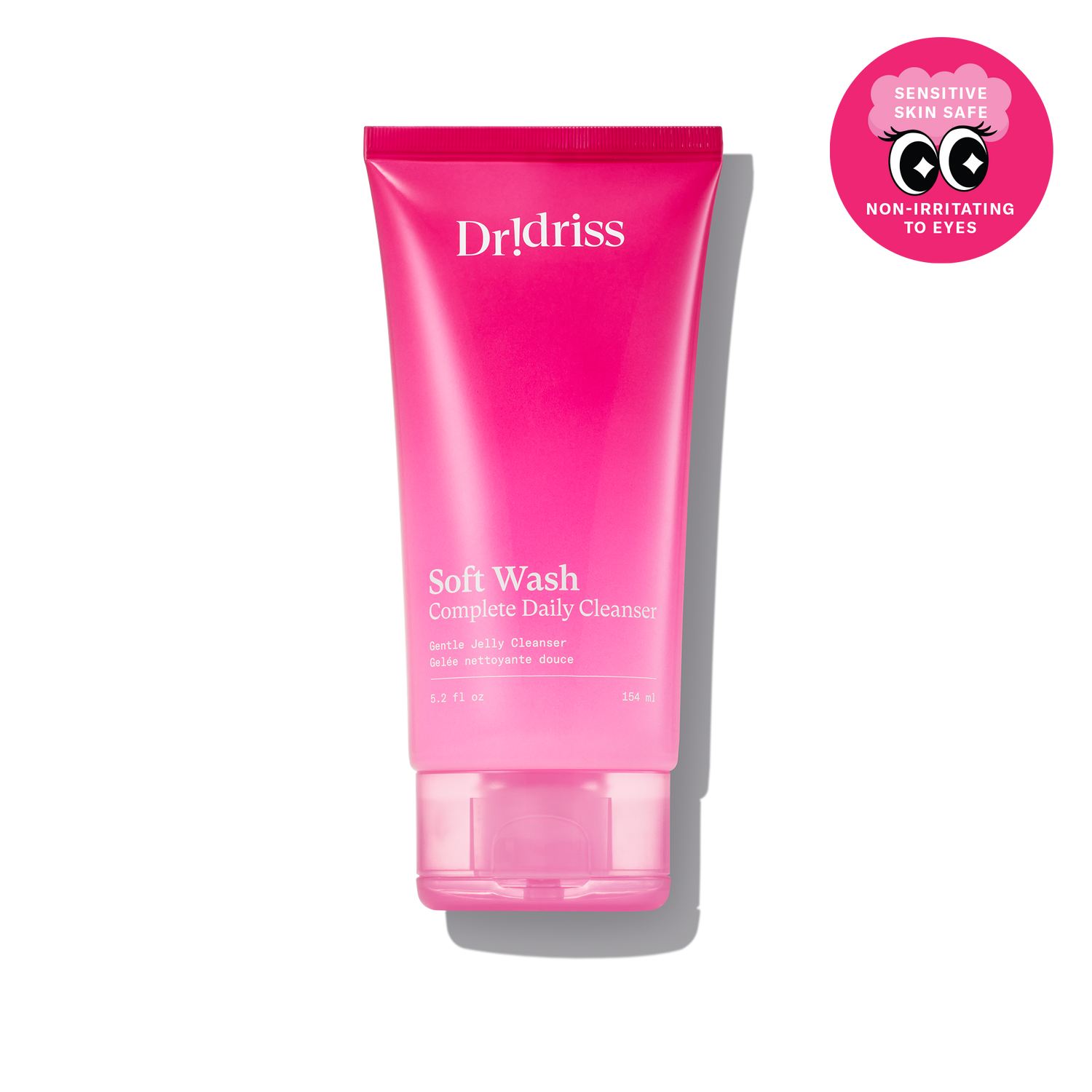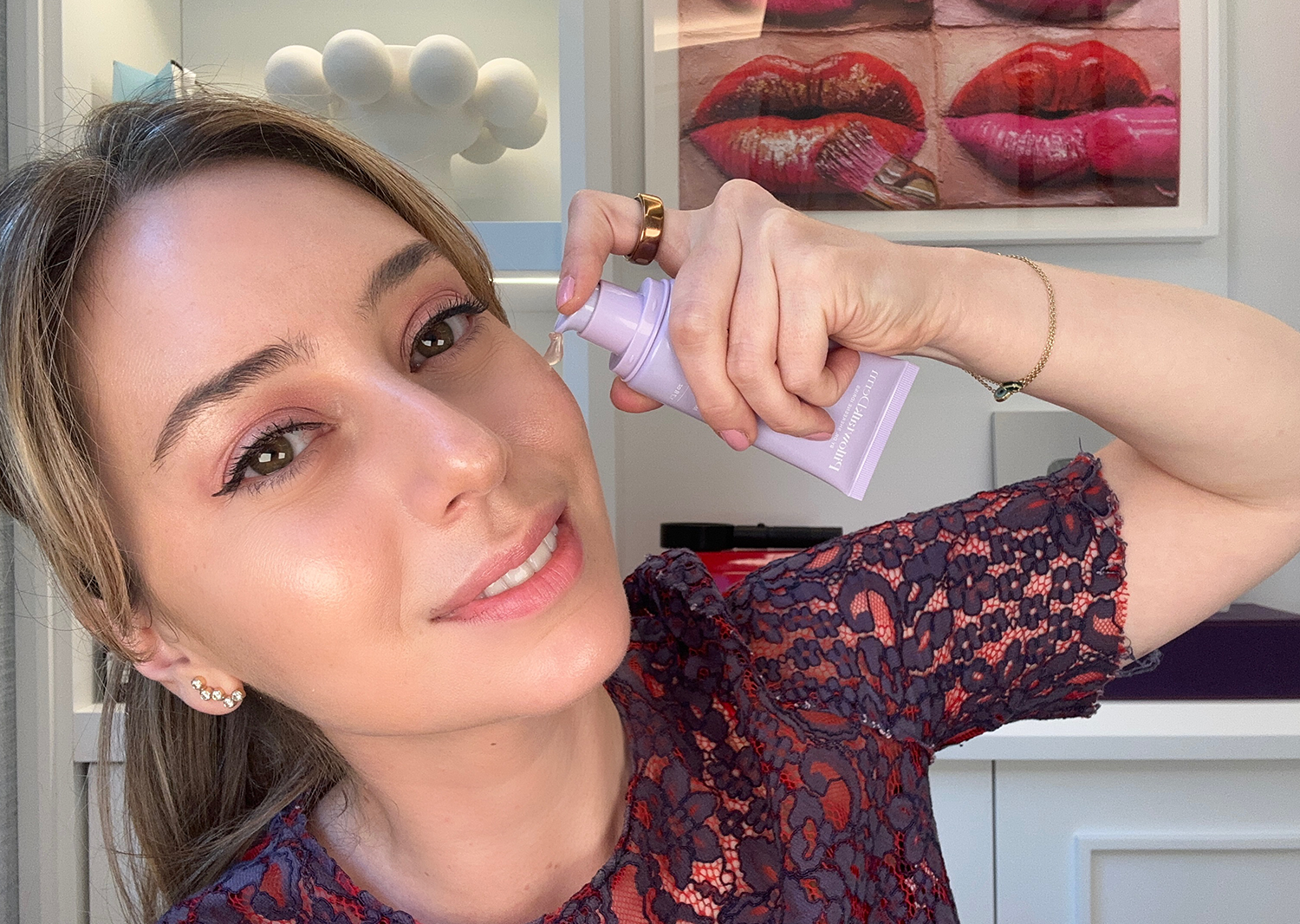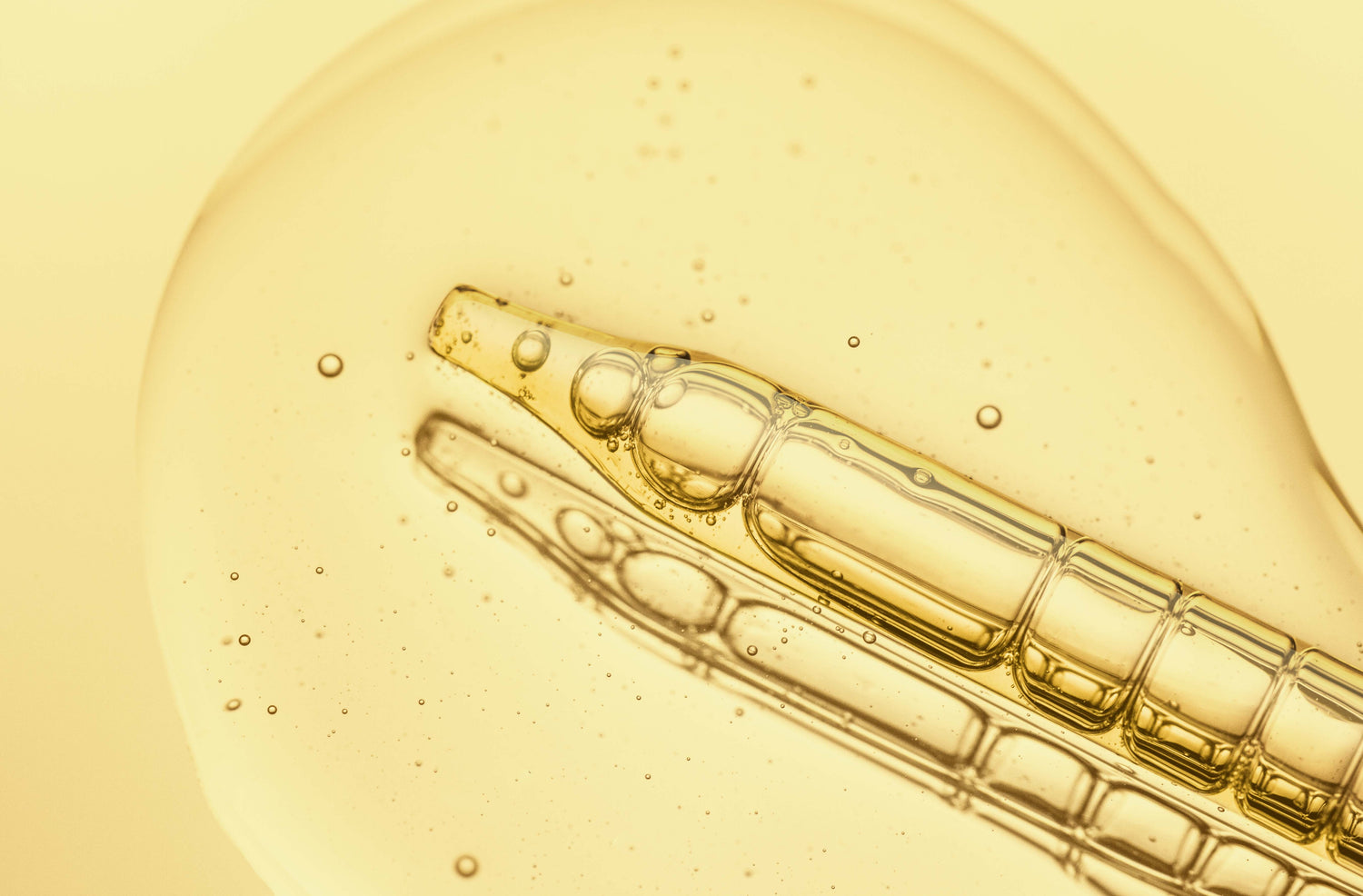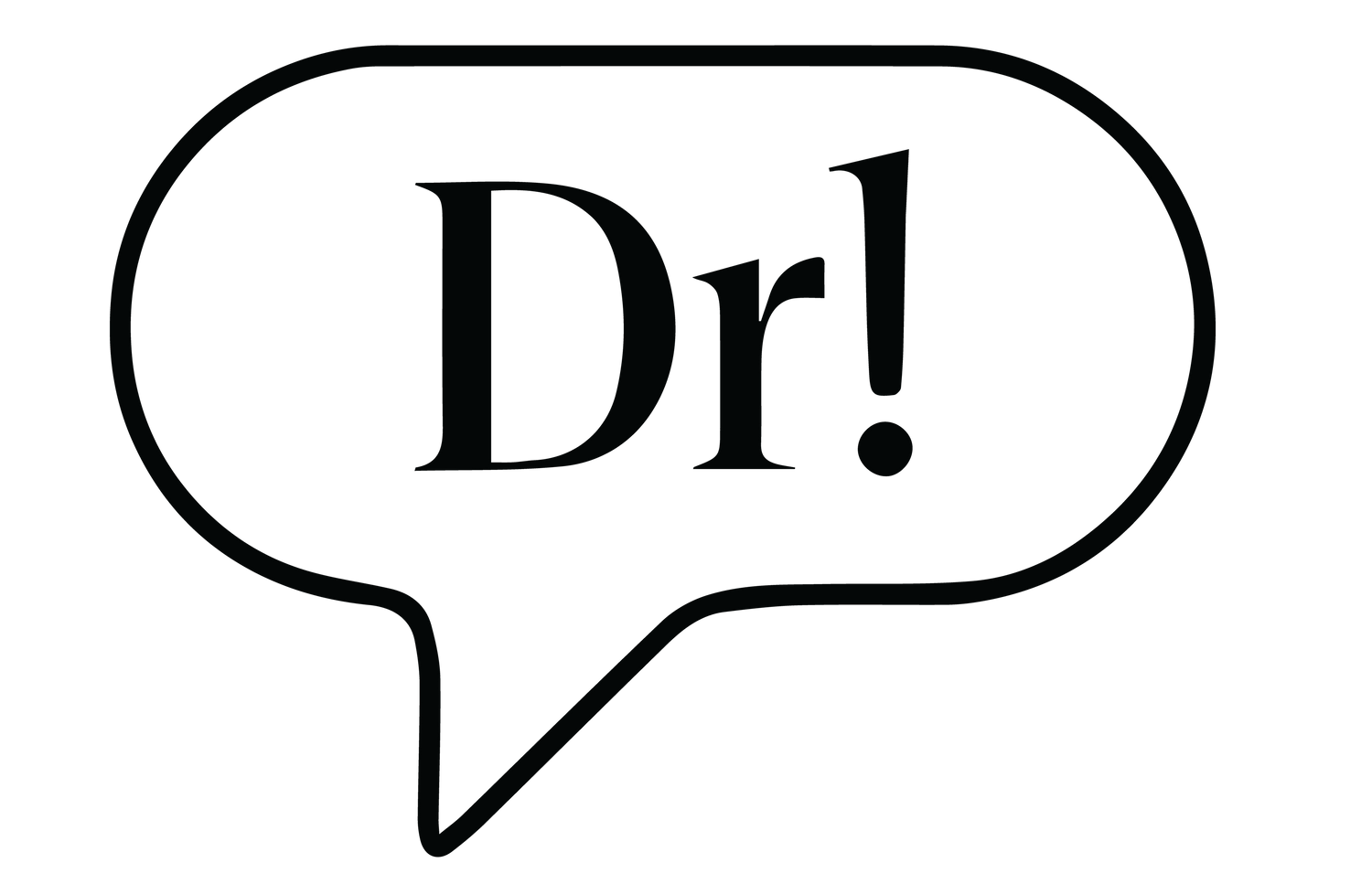
Azelaic acid is one skincare ingredient that has garnered an immense amount of publicity this side of the year. For any skeptics out there, I am here to share all about azelaic acid benefits.
If I were to compare azelaic acid to a zodiac sign, it would 100% be a Sagittarius - it’s an ingredient that GIVES and is extremely helpful and kind to the skin. But before I dive into the benefits, I want to quickly touch on the science.
Azelaic acid is what we call a dicarboxylic acid, and it is found naturally in grains like wheat, rye, and barley and is also produced by Malassezia furfur — a yeast that exists and lives in our skin. To keep a long story short, Malassezia furfur is actually how the medical usage of azelaic acid was eventually uncovered. It’s such a fascinating story that honestly blew my mind, and I explain it at length in this video.
In the acid family tree, azelaic acid is like the third or fourth-degree relative of AHAs and BHAs, so in other words, the term ‘acid’ is the only thing they have in common as azelaic acid is not an exfoliant. I like to describe it as a multi-targeted treatment. As I said earlier, think Sagittarius, so azelaic acid benefits many different things. But what makes it extremely special is how it targets hyperactive cells. So in any skin condition where there is hyperactivity, azelaic acid comes in and chills things out. Let’s say you’re struggling with inflammation from your acne and rosacea or hyperpigmentation like melasma - it can help minimize all of this, making it one exceptionally versatile drug.
Azelaic Acid Benefits
1. It’s an effective acne-buster
Azelaic acid offers both antibacterial and anti-inflammatory benefits and a huge takeaway from research done around it showed that it kills p. Acnes aka the bacteria that causes acne on the skin. It is also said that with long-term use, azelaic acid for acne can provide the same results as tretinoin.
2. It regulates the production of skin cells in acne-prone skin
Azelaic acid is a keratolytic and comedolytic, meaning it clears out any overgrowth of dead skin cells and bacteria that may obstruct your pores and catalyze blackheads.
3. It has skin-brightening effects
Not to be confused with skin-bleaching — azelaic acid only targets areas with hyperactive melanocytes. In these areas, it inhibits tyrosinase to slow down excess melanin production, leaving you with a more even and brightened skin tone. So if you’re struggling with melasma, lentigo maligna, and post-inflammatory hyperpigmentation, azelaic acid will work wonders.
The Ideal Concentration
For gradual and visible results, the sweet spot for azelaic acid is between 10-20% for mild to moderate breakouts, with prescription usually being around 15-20%. And something interesting to keep in mind, azelaic acid 15% gel is actually more absorbent than azelaic acid 20% cream, proving that in some cases, the vehicle in which an ingredient is delivered is often more significant than the concentration.
Dr. Idriss' Picks
Here are some over-the-counter product recommendations to consider if you can't get your hands on prescription azelaic acid:
Paula’s Choice 10% Azelaic Acid Booster, $38
This is a lightweight, oil-free cream-gel hybrid that consists of 10% azelaic acid and 0.5% salicylic acid with a few skin-brightening and soothing plant extracts like licorice root and allantoin.
The Ordinary Azelaic Acid Suspension 10%, $10
This is another cream gel with a slightly thicker texture than the Paula’s Choice formulation. It's received rave reviews online, and it also gets my stamp of approval for efficacy and price point.
Dr. Sam Bunting Flawless Brightly Serum, $59
With a mix of 10% azelaic acid, 5% niacinamide, 2% ascorbyl glucoside, and 1% bakuchiol, this serum is a goodie for uneven tone, bumps, and congested pores.

